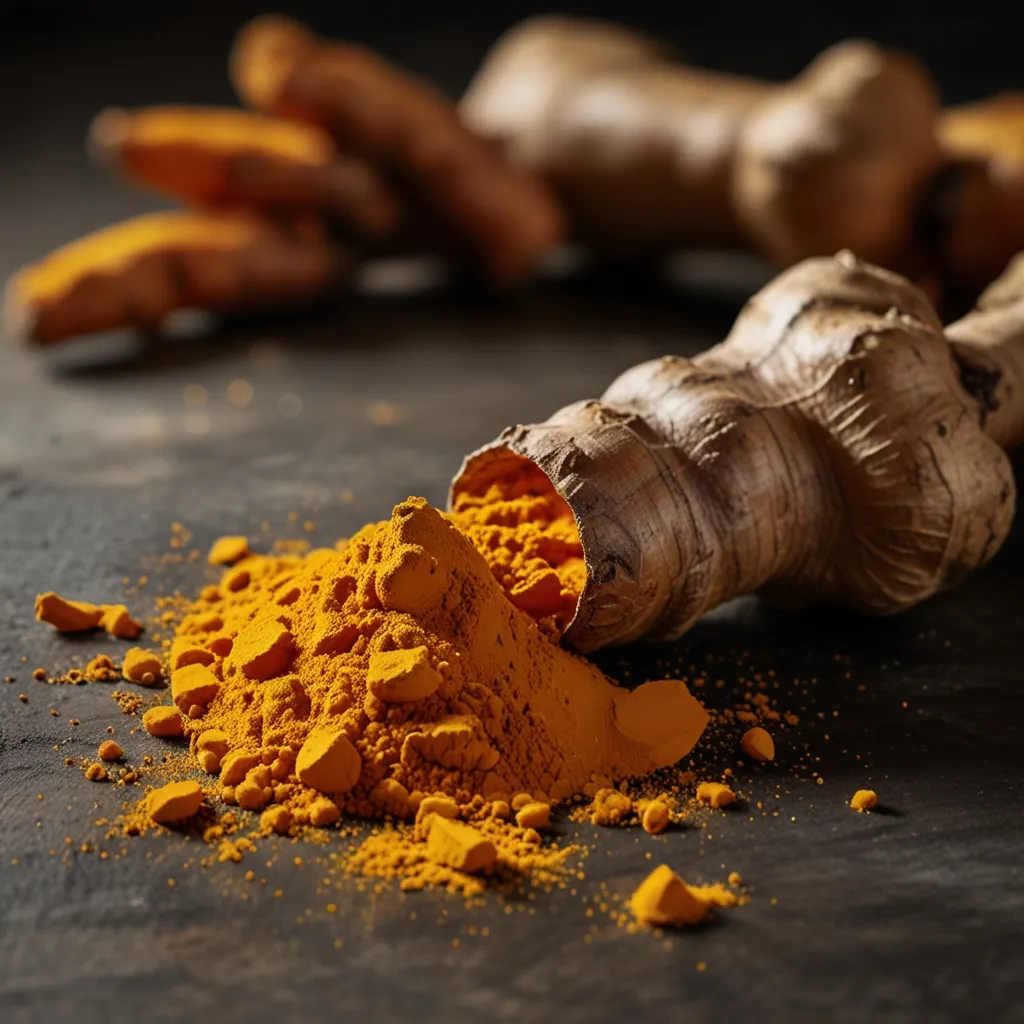Quitting smoking is no small feat, but it is definitely possible with the right game plan. It starts with picking a quit date. This is your D-Day, the one you mark on the calendar and mentally prep for. It should be within the next two weeks so you’ve got time to get ready without losing steam. If work is your smoking hotspot, maybe aim for a weekend to ease into the smoke-free life.
Now, loop in your circle - family, friends, and coworkers. Their cheers and nudges can really keep you going. Even better, find a “quit buddy” who’s also ready to ditch the smokes. Tag-teaming makes the journey more manageable.
Next, think about your smoking patterns. Are you a pack-a-day puffer or more of a social smoker? Are there specific situations or people that make you crave a cigarette? Identifying these triggers is a big step in beating the habit.
To really go all in, eliminate all smoking stuff from your spaces - home, car, office. Yes, that means all the cigarettes, lighters, ashtrays, and matches. Freshen up your clothes and surroundings from that smoky smell. The less temptation, the better.
Nicotine withdrawal isn’t a cakewalk, but there are ways to handle it. Visit your doctor for meds that can ease the symptoms. Over-the-counter aids like nicotine patches, lozenges, and gum can be lifesavers, too. They can reduce your cravings and make the process more bearable.
Lots of folks smoke to cope with stress, depression, loneliness, or anxiety. When quitting, find healthier alternatives. Exercise, meditation, relaxation techniques, or even deep breathing can help. These feelings won’t vanish when you quit smoking, so it’s key to figure out other coping strategies.
Be cautious with alcohol and other smokers. If drinking makes you want to light up, switch to non-alcoholic drinks or visit places where smoking is banned. Let the smokers in your life know about your decision so they can support you by not smoking around you.
Sometimes, finishing a meal can trigger the craving for a cigarette. Replace this habit with something else, like munching on fruit, having a healthy dessert, or chewing gum.
And hey, if you slip up, don’t throw in the towel. Major changes often take a few tries. If you find yourself smoking in a moment of weakness, it doesn’t mean you’ve failed. Accept it as a minor bump, learn from it, and keep pushing forward. Remember why you decided to quit and recognize how far you’ve come.
Reward yourself for every milestone. Use the money you’d typically spend on cigarettes to buy yourself something nice when you hit one week, two weeks, or a month smoke-free. Keep celebrating every smoke-free year. You deserve it.
Millions of people have kicked the smoking habit for good, and with the right mindset and support, so can you. So, take that leap today and step into a healthier, smoke-free life.






